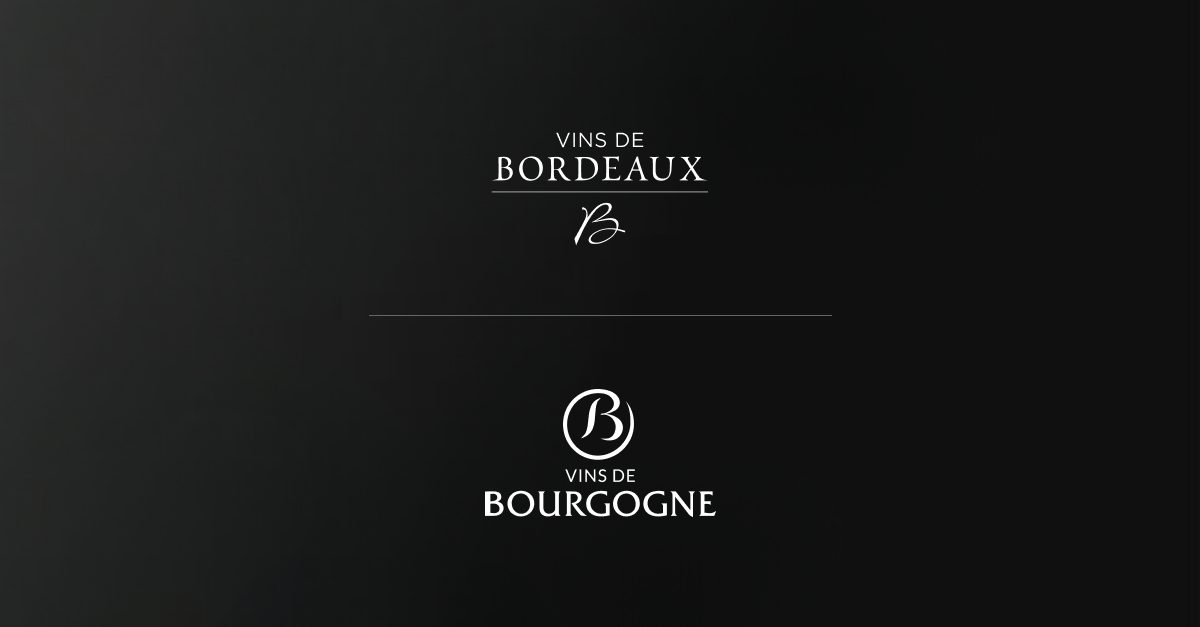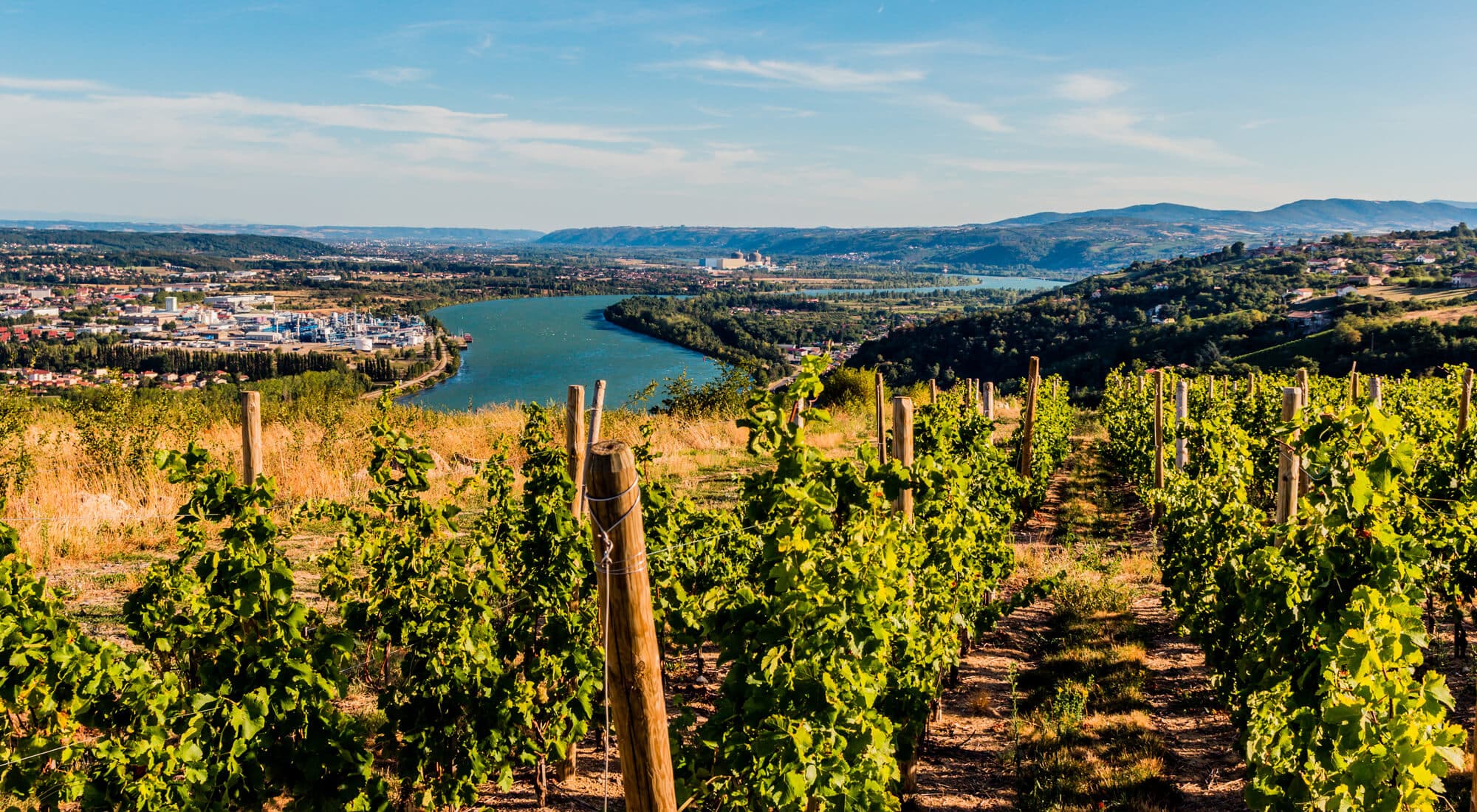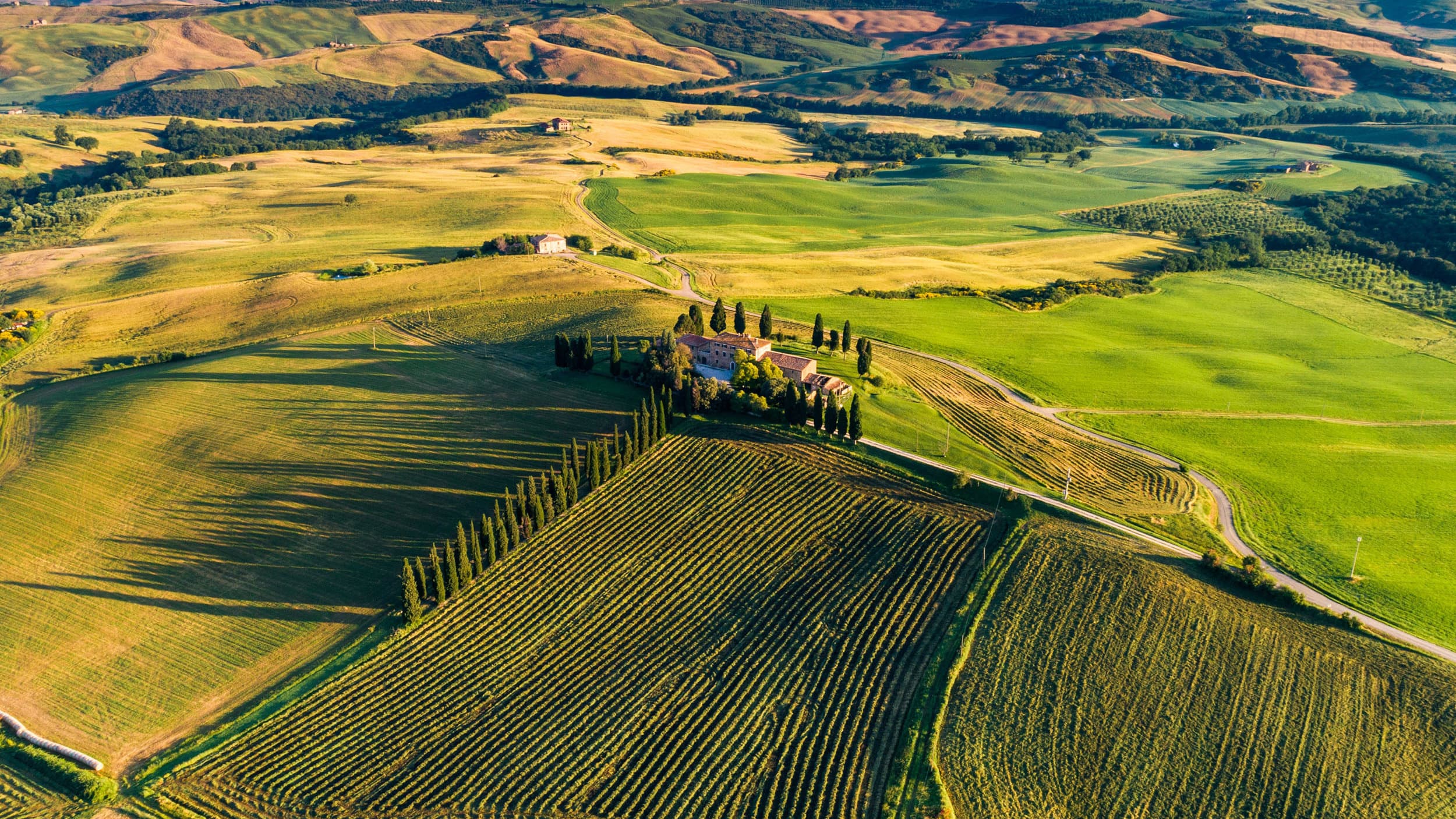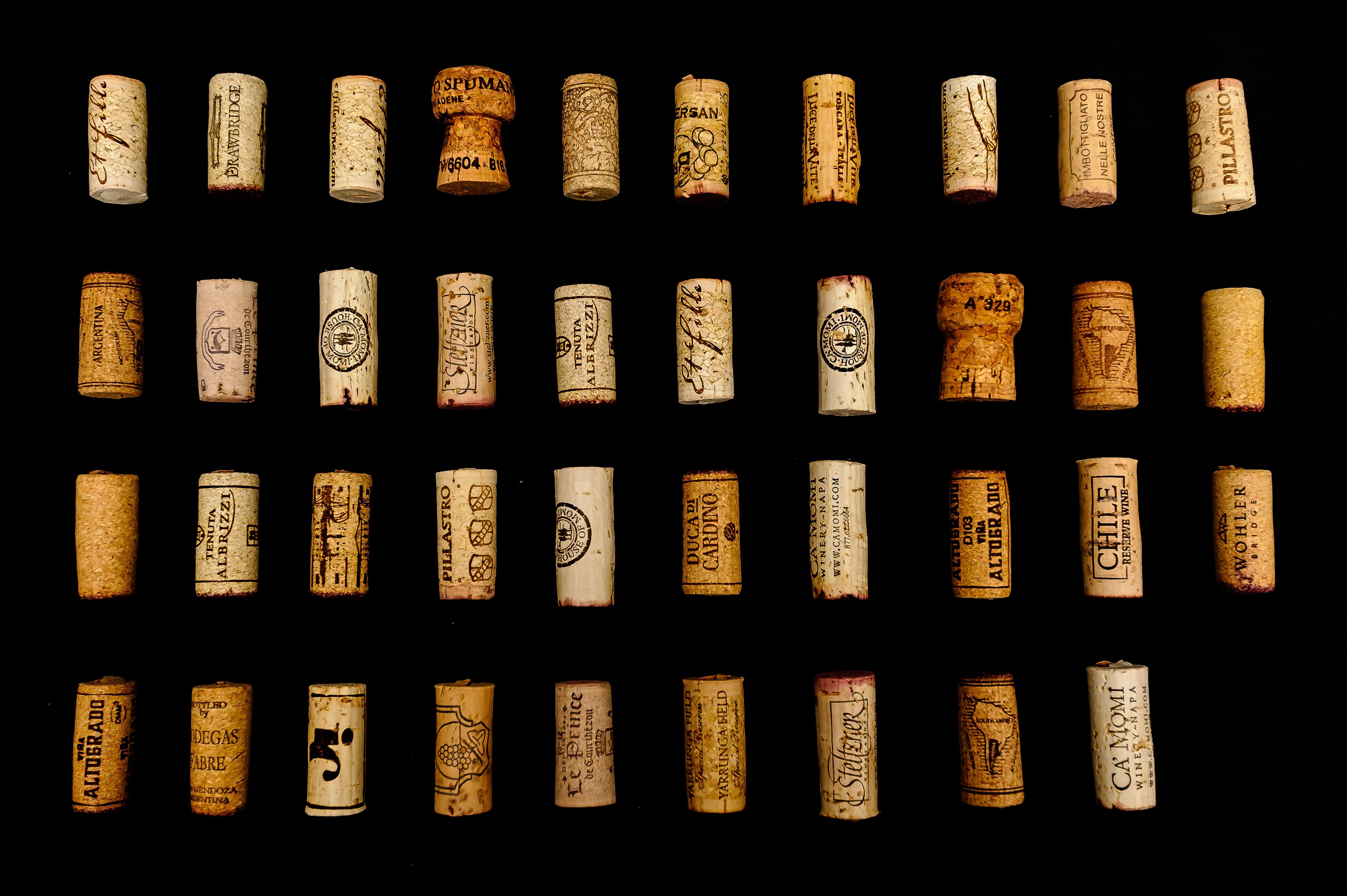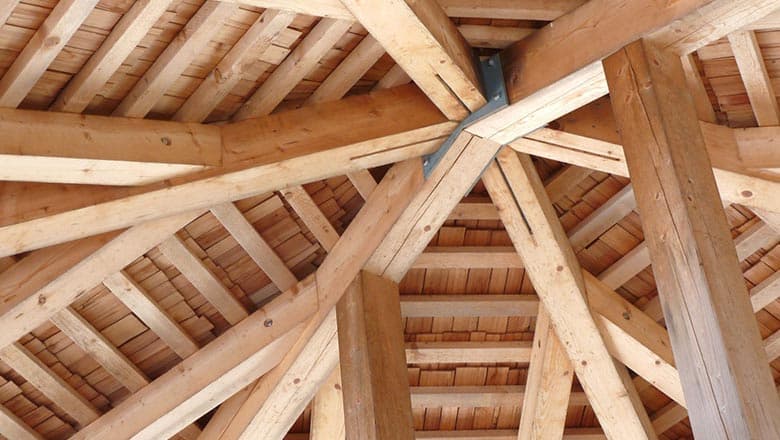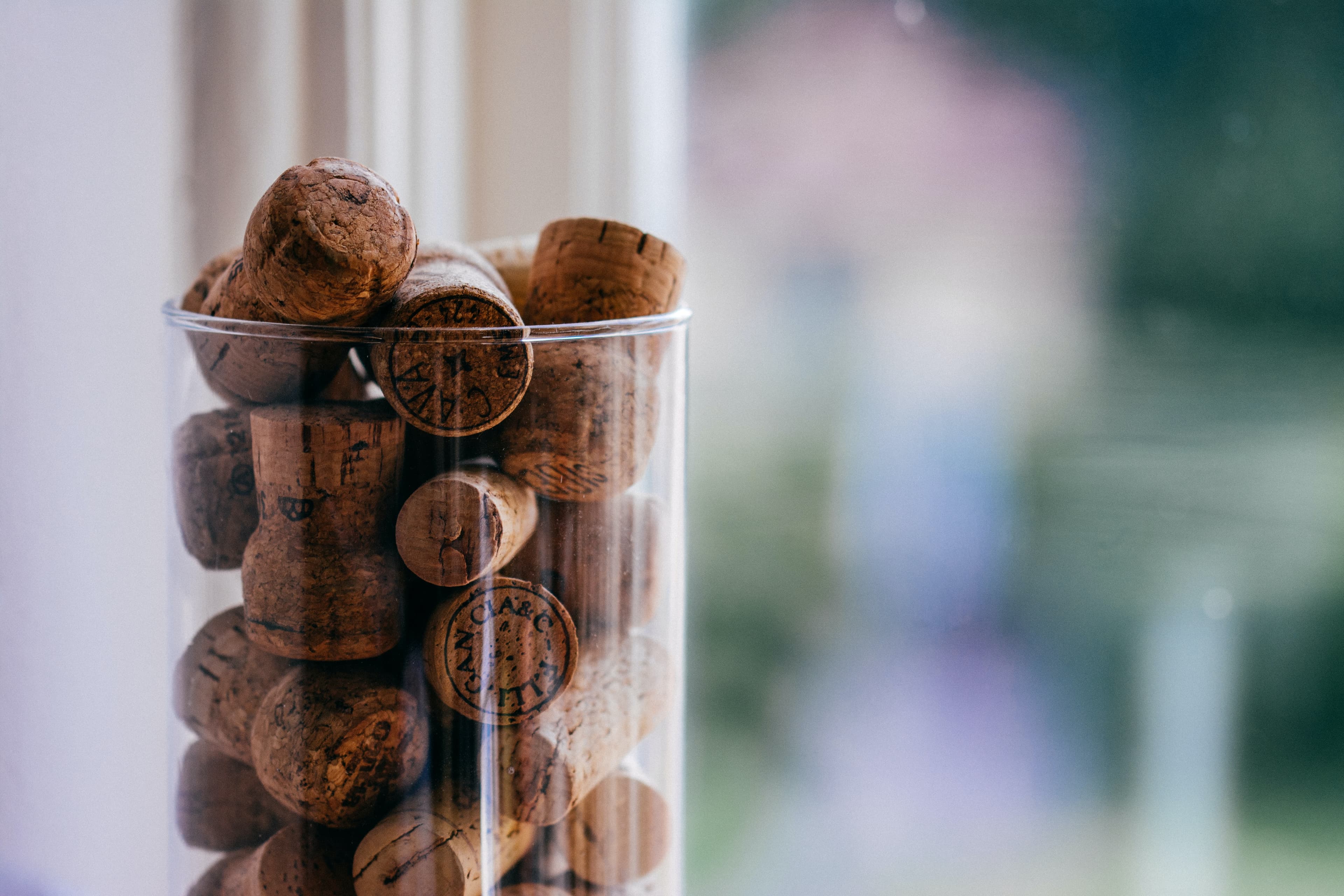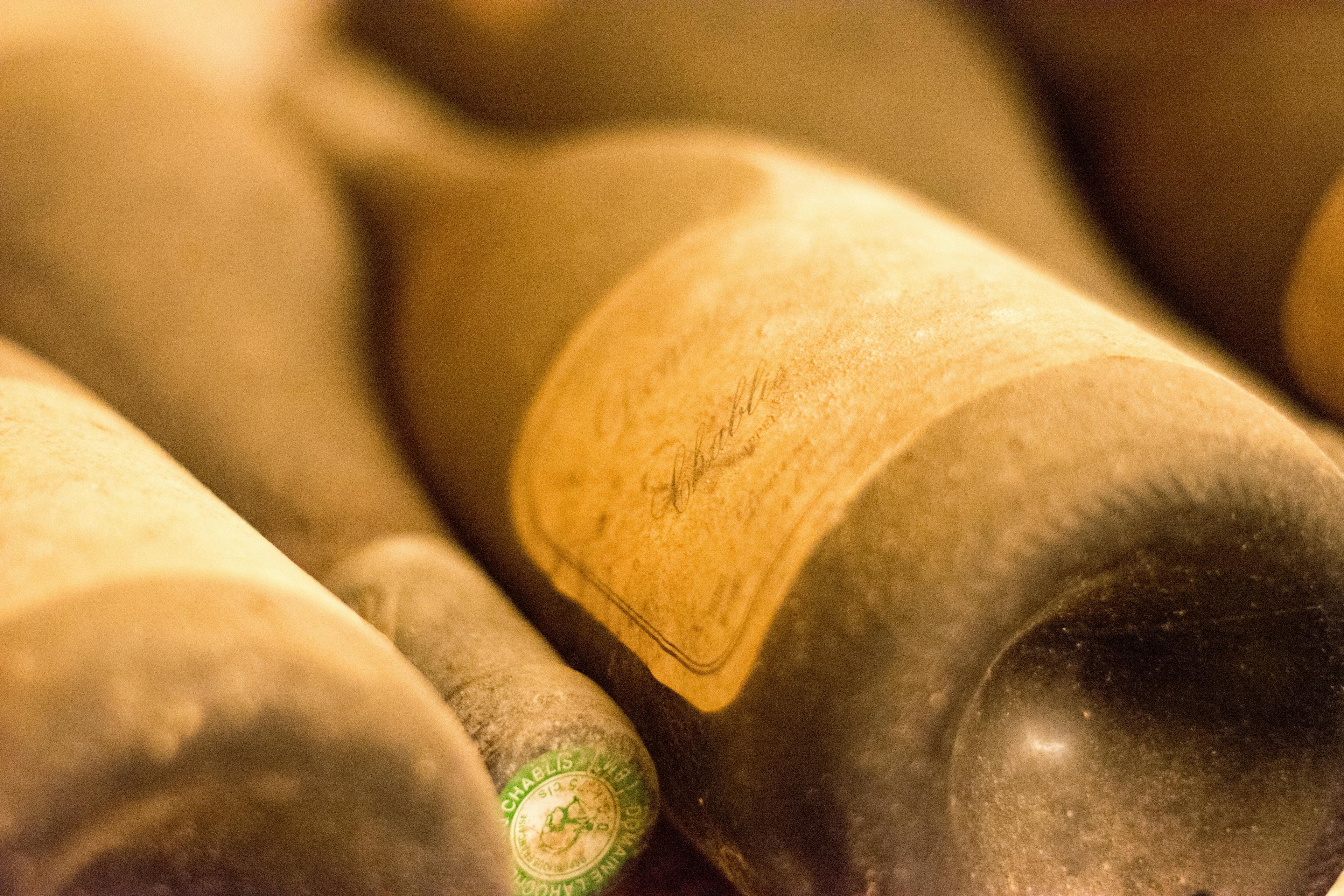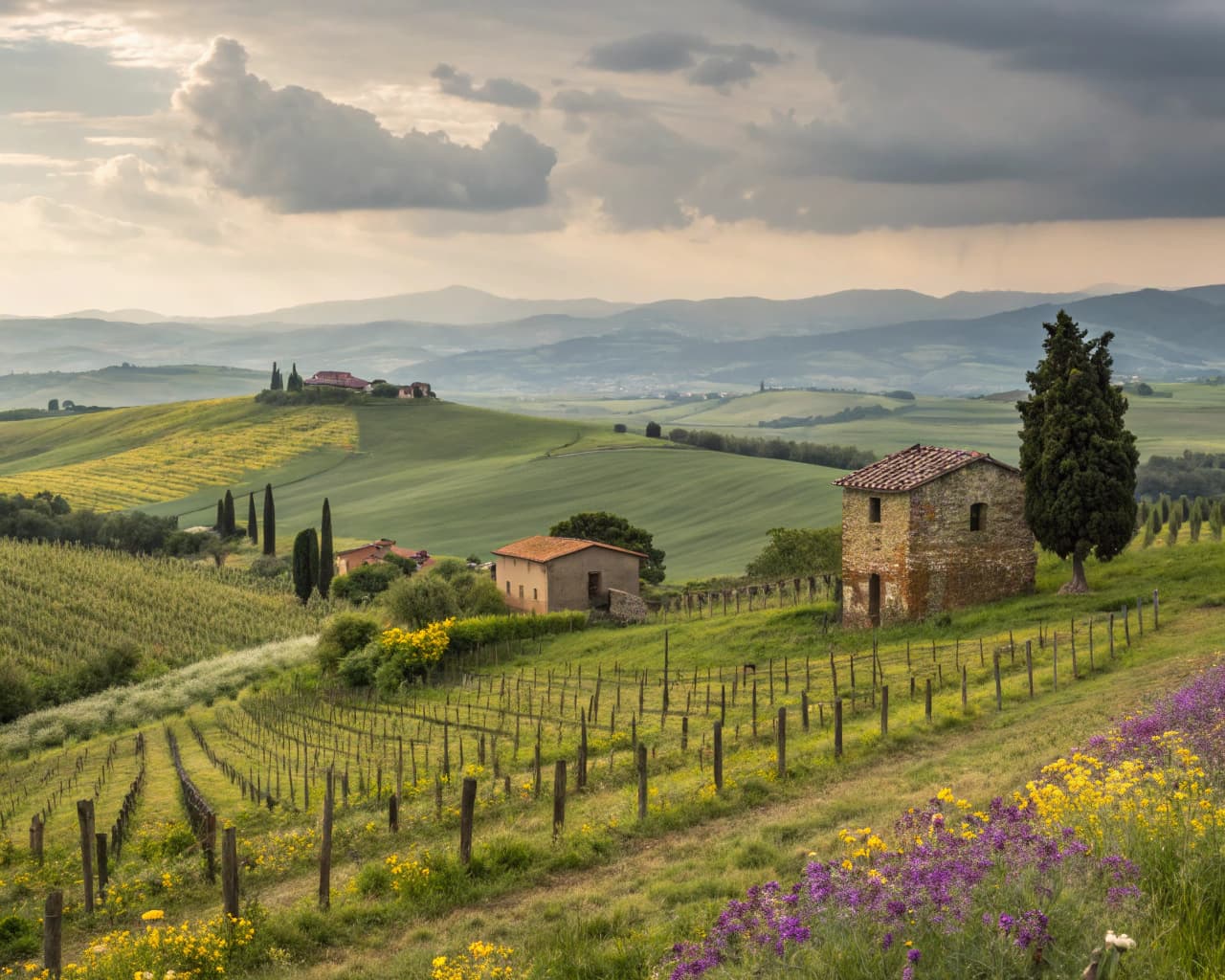
Exploring the world of fine wines reveals a spectrum of stories, but few are as captivating as the tale of Masseto. Nestled in the heart of Tuscany, this wine is not just a beverage; it's a masterpiece of viticulture and winemaking. The craftsmanship behind Masseto involves meticulous attention to detail, from the selection of the perfect terroir to the aging process in oak barrels. Each step is carefully managed to ensure that every bottle reflects the essence of its prestigious origin. This introduction delves into the intricate processes and passionate efforts that make Masseto a symbol of luxury and quality in the wine industry.
The Selection of Grapes in Masseto's Vineyard
In the heart of Tuscany, the meticulous selection of grapes in Masseto's vineyard plays a pivotal role in the wine's global acclaim. This process begins with the strategic positioning of the vineyard on the clay-rich soils of the region, which are ideal for cultivating the Merlot grape. Each vine is carefully monitored throughout the growing season, ensuring that only the healthiest and most mature grapes make it to harvest.
The vineyard team employs a rigorous selection process, which includes hand-picking grapes to maintain their pristine condition. This method allows for the precise selection of fruit that meets Masseto's high standards. The chosen grapes are then sorted a second time at the winery, ensuring that only the best are used in the fermentation process.
This attention to detail extends to how Masseto pairs with various cuisines. The wine's robust flavors and velvety texture make it an excellent match for a range of dishes. Discover the 7 best food pairings for Masseto that enhance both the wine and the meal.
Rich Meats: The wine's structure complements beef or lamb.
Truffle Dishes: Enhances the earthy flavors.
Aged Cheeses: Pairs well with the wine’s tannic profile.
Chocolate Desserts: Brings out the berry notes in the wine.
Handcrafted Techniques Used in Masseto Production
In the production of Masseto, meticulous handcrafted techniques are paramount, reflecting a deep respect for tradition and quality. This revered Italian wine benefits from a combination of age-old methods and modern insights, ensuring each vintage's uniqueness and excellence.
Selection of Grapes: Only the finest Merlot grapes are handpicked from the vineyards. This selective process ensures that only the best, fully ripe grapes make it to the fermentation stage.
Manual Sorting: After harvesting, grapes undergo a rigorous manual sorting. Workers meticulously remove subpar grapes and any foreign material, guaranteeing the purity and quality of the batch.
Gentle Pressing: The grapes are then gently pressed to extract the juice while preserving the fruit's delicate flavors and preventing the release of harsh tannins from the skins.
Gravity Flow Winemaking: Employing gravity flow techniques minimizes mechanical interference, allowing for a more natural movement of the wine through various stages of production without the use of pumps.
Aging in Oak Barrels: The wine matures in carefully selected oak barrels, which imbue it with subtle woody notes and enhance its structural complexity.
Each of these steps is carried out with careful attention to detail, underscoring the history and craftsmanship that define Masseto's character.
The Role of the Winemaker in Crafting Masseto
The winemaker's role in crafting Masseto is pivotal, blending artistry with scientific precision to create each vintage. This individual is tasked with overseeing the vineyard's health, deciding the optimal time for harvest, and ensuring that fermentation processes are meticulously managed. Their expertise influences every aspect of production, from selecting the right barrels for aging to determining the final blend of the wine.
Vineyard Management: The winemaker monitors soil health and vine development, adjusting care techniques to suit each season's unique challenges.
Harvest Decisions: Choosing when to pick the grapes is crucial. The winemaker must assess ripeness and weather conditions to capture the perfect balance of sugar, acidity, and tannins.
Fermentation Oversight: Controlling temperature and yeast strains during fermentation can significantly affect the wine's flavor and texture.
Aging and Blending: After fermentation, the winemaker selects barrels that will best complement the wine's character, later blending different barrels to achieve the desired complexity and depth.
Each of these steps is essential in maintaining the high quality and distinct profile that Masseto is known for, ensuring that each bottle reflects the terroir and the winemaker's vision.
Innovations in Viticulture at Masseto
Innovations in viticulture at Masseto have significantly enhanced the quality and reputation of their wines. This renowned Italian estate employs a combination of traditional techniques and modern technology to cultivate its vineyards. One key innovation is the precision agriculture approach, which includes detailed soil mapping and microclimate analysis. This allows for highly targeted care of the vines, ensuring optimal growth conditions.
Another significant advancement is the use of organic practices. Masseto has shifted towards organic viticulture to maintain soil health and biodiversity. This approach not only supports sustainable farming but also improves the grapes' quality, contributing to the wine's complex flavor profile.
Water management techniques at Masseto also deserve mention. The estate uses state-of-the-art irrigation systems that conserve water while ensuring the vines receive the necessary hydration to thrive. These systems are crucial in maintaining vine health during the dry periods typical of the Tuscan climate.
For more detailed insights into how these innovations impact the wine's quality and how to serve it to enhance its unique characteristics, exploring further resources can be very enlightening.
The Harvesting Process: Ensuring Quality
The harvesting process of Masseto wine is a meticulous operation that ensures the highest quality of the grapes. This phase is critical as it sets the foundation for the wine's flavor and longevity. Typically, the harvest occurs in early autumn when the grapes reach optimal maturity, balancing sugar, acidity, and tannins perfectly.
Timing is crucial: The decision on when to pick the grapes is influenced by weather conditions, grape variety, and desired wine style. A team of experienced viticulturists assesses the vineyard daily.
Manual picking: To preserve the integrity of each grape, skilled laborers handpick them. This traditional method prevents the grapes from being crushed prematurely.
Immediate sorting: Once harvested, the grapes undergo a rigorous sorting process. Only the best grapes make it to the next stage, ensuring that the final product is of exceptional quality.
Controlled transportation: Grapes are quickly transported to the winery in small containers. This prevents unwanted fermentation and bruising.
For those looking to store their Masseto wine, proper techniques are essential to maintain its exquisite character.
Fermentation Practices Unique to Masseto
Masseto employs distinctive fermentation practices that significantly influence the taste of its renowned wines. Utilizing a combination of traditional and innovative techniques, the winery ensures each vintage expresses the unique terroir of their Tuscan vineyard.
Temperature-Controlled Fermentation: This method stabilizes the fermentation process, allowing for optimal yeast activity and the development of complex flavors.
Open-Top Wooden Vats: These enhance the wine's exposure to natural yeasts and contribute to its aromatic profile.
Manual Punch-Downs: This labor-intensive technique involves physically pushing the cap of grape skins back into the wine to extract rich colors, tannins, and flavors.
Extended Maceration: By prolonging the contact between juice and skins, the wine gains additional depth and texture.
Gravity Flow: Masseto's facility is designed to move grape must and wine gently through gravity, minimizing mechanical interference and preserving the integrity of the fruit.
Each of these practices is carefully calibrated to match the specific characteristics of the grapes harvested each season, ensuring a consistent yet evolving product that reflects the essence of Masseto.
The Aging Process: Barrels and Time
The aging process of Masseto wine is a meticulous journey that significantly influences its characteristics. Central to this phase are the carefully selected oak barrels, which impart depth and complexity. Typically, Masseto ages in these barrels for about two years, a period that allows the wine to develop a harmonious balance between tannins and fruit.
During this time, the wine undergoes several key transformations:
Micro-Oxygenation: Small amounts of oxygen pass through the wood, softening the tannins and enhancing the wine’s structure.
Flavor Infusion: The oak contributes vanilla, spice, and toast notes, which integrate with the natural flavors of the grapes.
Chemical Reactions: Slow chemical changes, including esterification and oxidation, refine the wine’s bouquet and taste profile.
Each barrel is regularly tasted by the winemakers to monitor the wine’s evolution, ensuring that it achieves the desired quality and complexity before bottling. This careful monitoring and adjustment during the aging process ensure that each bottle of Masseto expresses the unique terroir and craftsmanship of its origins.
Quality Control Measures for Each Vintage
Quality control is paramount in the production of Masseto, ensuring that each vintage maintains the high standards expected by connoisseurs. The process begins with meticulous vineyard management, where the health and balance of the vines are closely monitored. Soil conditions are optimized to guarantee that the grapes develop their full potential.
During harvest, only the best grapes are selected through a rigorous manual sorting process. This ensures that any underripe or damaged grapes do not make it into the final product. In the winery, temperature-controlled fermentation takes place to preserve the delicate aromas and flavors inherent in the Merlot grapes.
Aging of the wine is another critical phase. Masseto ages its wines in carefully selected oak barrels, which contribute to the complexity and stability of the wine. Regular tasting sessions are conducted by a panel of experts to assess the development of the wine and make adjustments if necessary.
For those interested in enjoying Masseto, understanding these quality control measures can enhance the appreciation of each sip, knowing the meticulous care involved in its creation. Each bottle is a testament to the dedication and expertise that define Masseto.
The Blending Art of Masseto Wines
Blending is a crucial aspect of creating the unique profile of Masseto wines. This process involves meticulous selection and combination of Merlot grapes, each from different sections of the Masseto vineyard. The vineyard's terroir, characterized by its blue clay soil, plays a pivotal role in imparting distinct characteristics to the grapes. These nuances are carefully preserved and enhanced through the blending technique, which is overseen by a team of expert winemakers.
Soil Influence: Each plot contributes varying flavor profiles, influenced heavily by the mineral-rich clay.
Grape Selection: Only the best-performing grapes during the harvest make it to the blending process.
Aging Potential: The blended wine is then aged in oak barrels, which adds complexity and enhances longevity.
Consistency: Despite varying annual climate conditions, the goal is to maintain a consistent quality and character in Masseto wines.
Expertise: Winemakers utilize their deep understanding of each plot’s potential to craft a perfectly balanced wine.
For more detailed facts, exploring the intricate blending art at Masseto reveals how tradition and precision come together to create a world-renowned wine.
Sustainability Practices in Masseto's Winemaking
Masseto, a renowned Tuscan winery, has integrated several sustainability practices into its winemaking process to ensure environmental responsibility and the longevity of its vineyards. These initiatives are crucial in maintaining the delicate balance between modern agriculture and ecological preservation.
Organic Farming: Masseto has adopted organic farming techniques, which exclude the use of synthetic pesticides and fertilizers. This approach not only supports the health of the soil but also enhances the quality of the grapes produced.
Water Management: Efficient water use is another pillar of Masseto's sustainability efforts. The winery employs drip irrigation systems to minimize water wastage and ensure that vines receive the optimal amount of hydration necessary for growth.
Biodiversity: To promote biodiversity, Masseto maintains grass and wildflowers between vine rows. This strategy encourages a habitat for beneficial insects and helps in natural pest control by attracting predator species.
Carbon Footprint Reduction: Efforts to reduce carbon emissions are evident in Masseto's operations. The winery utilizes solar panels to generate clean energy and opts for lightweight bottles to decrease transportation emissions.
Waste Management: Emphasizing the importance of waste reduction, Masseto practices extensive recycling and composting of organic waste. This not only reduces landfill use but also returns nutrients to the vineyard, enhancing soil fertility.
Through these practices, Masseto not only preserves the environment but also improves the sustainability and quality of its wine production.
Conclusion
In conclusion, the craftsmanship behind Masseto is a testament to the meticulous care and traditional practices that go into producing one of the world's most sought-after wines. From the careful selection of terroir to the precision in viticulture and innovative winemaking techniques, every step in the creation of Masseto is designed to ensure a product of unparalleled quality. This dedication to excellence not only enhances the wine's complexity and character but also solidifies its reputation and investment value in the global market.
For enthusiasts and collectors looking to invest in Masseto, Rekolt provides a seamless solution that combines the luxury of fine wine with the practicalities of modern investment. Our delivery and professional cellar storage options ensure that your investment is preserved under optimal conditions, making it easier to resell or trade when the market is right. By choosing Rekolt, you are not just purchasing a bottle of wine; you are investing in a legacy of craftsmanship and the enduring value of one of Italy's finest treasures. Whether you're a seasoned collector or a new enthusiast, Masseto and Rekolt offer an exquisite opportunity to enjoy and invest in the art of fine winemaking.
Share this article
